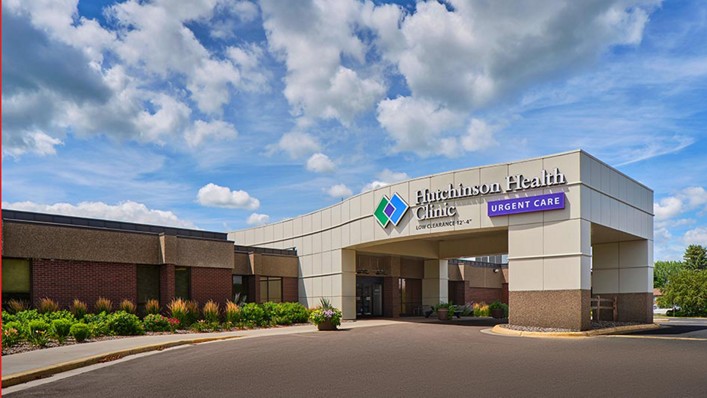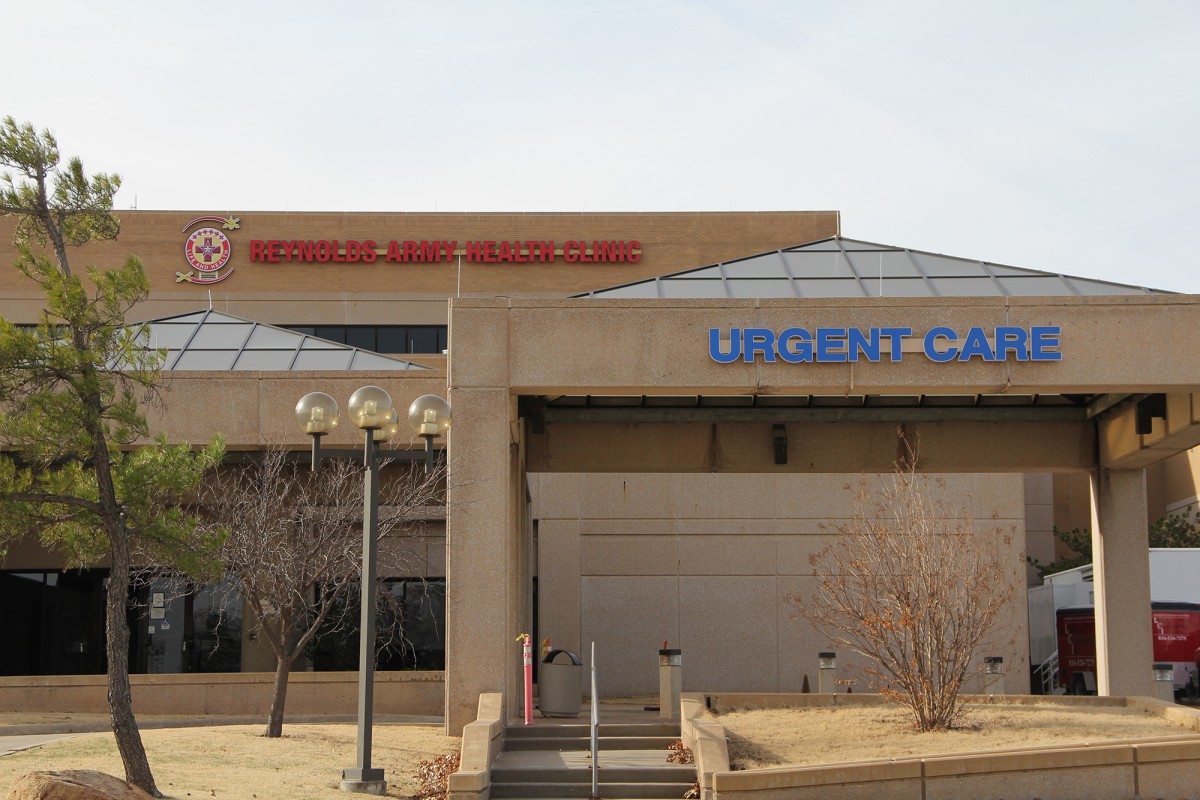Why Our Clinic is the most effective Selection for High-Quality Urgent Care
Why Our Clinic is the most effective Selection for High-Quality Urgent Care
Blog Article
Recognizing the Role of Urgent Care in Providing Timely Therapy for Non-Life-Threatening Problems
Immediate care facilities have emerged as a crucial element of the health care landscape, attending to the prompt requirements of individuals with non-life-threatening problems. Comprehending the subtleties of immediate care might significantly influence person outcomes and the total performance of medical care distribution.
What Is Urgent Care?
Urgent care describes a group of medical services developed to deal with non-life-threatening problems that require prompt focus. These centers offer as an intermediary between main care doctors and emergency clinic, offering a practical option for individuals who require punctual treatment without the extensive waiting times typically related to emergency divisions.
Urgent treatment facilities are normally staffed by physician, including doctors, registered nurse experts, and medical professional aides, that are trained to diagnose and treat a wide selection of conditions. Typical services offered by these facilities consist of therapy for minor injuries, diseases, and infections, as well as analysis examinations such as X-rays and lab job.
Additionally, immediate care facilities typically accept walk-in patients, removing the need for consultations. Generally, urgent care plays an essential role in the health care system, making certain patients can access necessary medical services immediately and successfully.

Numerous individuals may find themselves unclear regarding when to seek treatment at an urgent treatment center as opposed to a medical care medical professional or an emergency situation room. Immediate care is made to deal with non-life-threatening problems that require prompt attention yet are not serious adequate to necessitate an emergency space go to.
Generally, one must think about immediate look after problems such as small cracks, sprains, cuts calling for stitches, or infections like urinary tract infections. Furthermore, cold or flu symptoms, breakouts, and sensitive reactions can likewise be suitably managed in this setting.
It is vital to note that urgent treatment is not ideal for deadly emergency situations, such as breast pain, trouble breathing, or serious blood loss, which require immediate emergency clinic treatment.
People who lack access to a medical care medical professional or can not secure a timely visit may likewise take advantage of immediate treatment solutions. Ultimately, comprehending when to use immediate treatment can cause more efficient healthcare delivery, allowing clients to receive the appropriate level of treatment based on their specific health and wellness requirements.
Advantages of Urgent Treatment Centers
Choosing immediate treatment centers for non-life-threatening conditions provides a number of advantages that enhance client experience and availability. One main benefit is the decreased wait times compared to typical emergency areas. Immediate treatment facilities commonly operate a first-come, first-served basis, enabling patients to receive prompt clinical interest without the long hold-ups usually connected with medical facility settings.
In addition, immediate care facilities supply prolonged hours, including weekends and nights, accommodating patients with differing routines. This flexibility makes certain that people can seek treatment when it is most hassle-free for them, additionally advertising prompt treatment.

In addition, these centers frequently use an extensive series of services, including small treatments and analysis examinations, all under one roofing system. This loan consolidation of solutions not only improves the patient experience yet likewise fosters an extra cohesive method to taking care of non-life-threatening wellness issues, inevitably benefiting overall individual results.
Typical Conditions Treated
At immediate care centers, a selection of non-life-threatening conditions can be properly treated, supplying patients with easily accessible and timely medical help. These centers are particularly skilled at addressing problems that need punctual attention however do not posture an immediate danger to life or arm or leg.
Common conditions treated at urgent care centers include small injuries such blog as strains, strains, and fractures. Urgent treatment facilities are equipped to do necessary diagnostic tests, such as X-rays resource and lab tests, allowing them to give thorough treatment.
Furthermore, immediate care providers can carry out inoculations, assisting to avoid the spread of infectious conditions - Urgent Care. They likewise offer solutions for small procedures, such as suturing injuries or draining pipes abscesses. By providing these varied services, immediate care facilities play an essential function in bridging the space between health care and emergency situation solutions, ensuring individuals obtain timely therapy for a wide variety of conditions without the requirement for long delay times normally connected with emergency clinic
Just How Urgent Treatment Sustains Health Care System
Immediate care facilities play an important duty in sustaining the general healthcare system by easing the burden on emergency situation divisions and offering prompt accessibility to treatment for non-life-threatening problems. By dealing with instances such as minor injuries, infections, and health problems, immediate care facilities permit emergency divisions to concentrate on more essential clients calling for immediate interest.
In addition, urgent care facilities boost healthcare availability, supplying prolonged hours and an easier alternative to standard health care settings. This access is particularly useful for people that might not have a regular doctor or who need immediate treatment outside of normal workplace hours. As an right here outcome, immediate treatment facilities efficiently minimize wait times and boost patient fulfillment.
Furthermore, immediate treatment facilities add to cost savings for both people and the medical care system by providing lower-cost services contrasted to emergency situation divisions. This economic performance is essential in a period of climbing health care expenses, enabling individuals to get required care without incurring inflated costs.
Conclusion
In verdict, immediate care facilities play an essential duty in the medical care system by providing prompt treatment for non-life-threatening problems. By linking the space between primary treatment and emergency rooms, these facilities guarantee that clients receive prompt clinical attention without the lengthy wait times generally associated with emergency situation divisions. The availability and effectiveness of urgent treatment facilities add substantially to minimizing the overall burden on medical care resources, improving individual outcomes, and advertising a more reliable health care delivery system.
Urgent treatment centers have actually emerged as a vital element of the healthcare landscape, attending to the immediate requirements of people with non-life-threatening conditions. Urgent treatment sees generally sustain reduced out-of-pocket costs compared to emergency situation department brows through, making care much more budget friendly for clients without endangering quality. Immediate treatment centers are furnished to perform required analysis examinations, such as X-rays and research laboratory tests, enabling them to give comprehensive care.
By supplying these varied services, immediate treatment centers play an essential role in connecting the void in between primary care and emergency situation services, making sure people receive timely treatment for a large array of problems without the need for long wait times normally linked with emergency situation rooms.
Furthermore, urgent care facilities improve medical care access, offering extended hours and a more convenient choice to typical key care settings.
Report this page